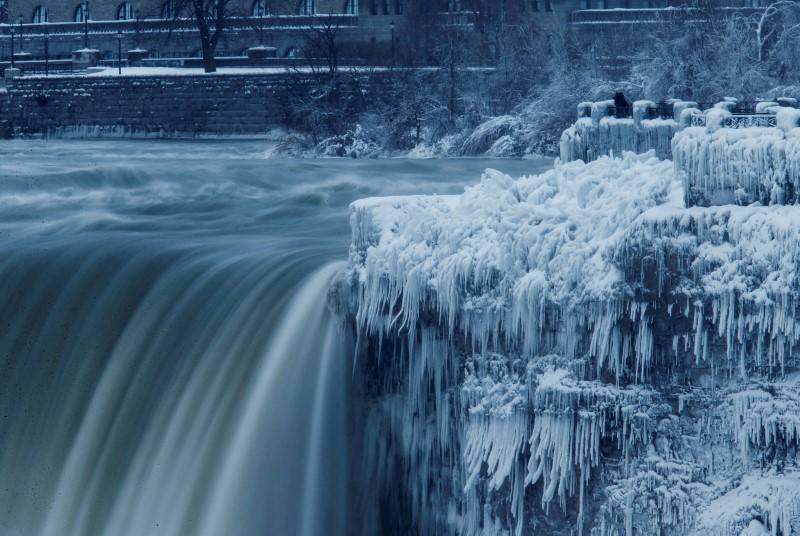Parts of Niagara Falls were frozen on Jan. 22 after a winter storm blanketed the Midwest in snow as it headed to the Northeast. The winter storm delivered frigid temperatures but also breathtaking views, enabling visitors to the waterfalls to capture beautiful photos of the partly frozen scenery.

A lone visitor takes a picture near the brink of the ice covered Horseshoe Falls in Niagara Falls, Canada. REUTERS/Aaron Lynett
Mimi Nguyen Ly
Reporter
|Updated:



